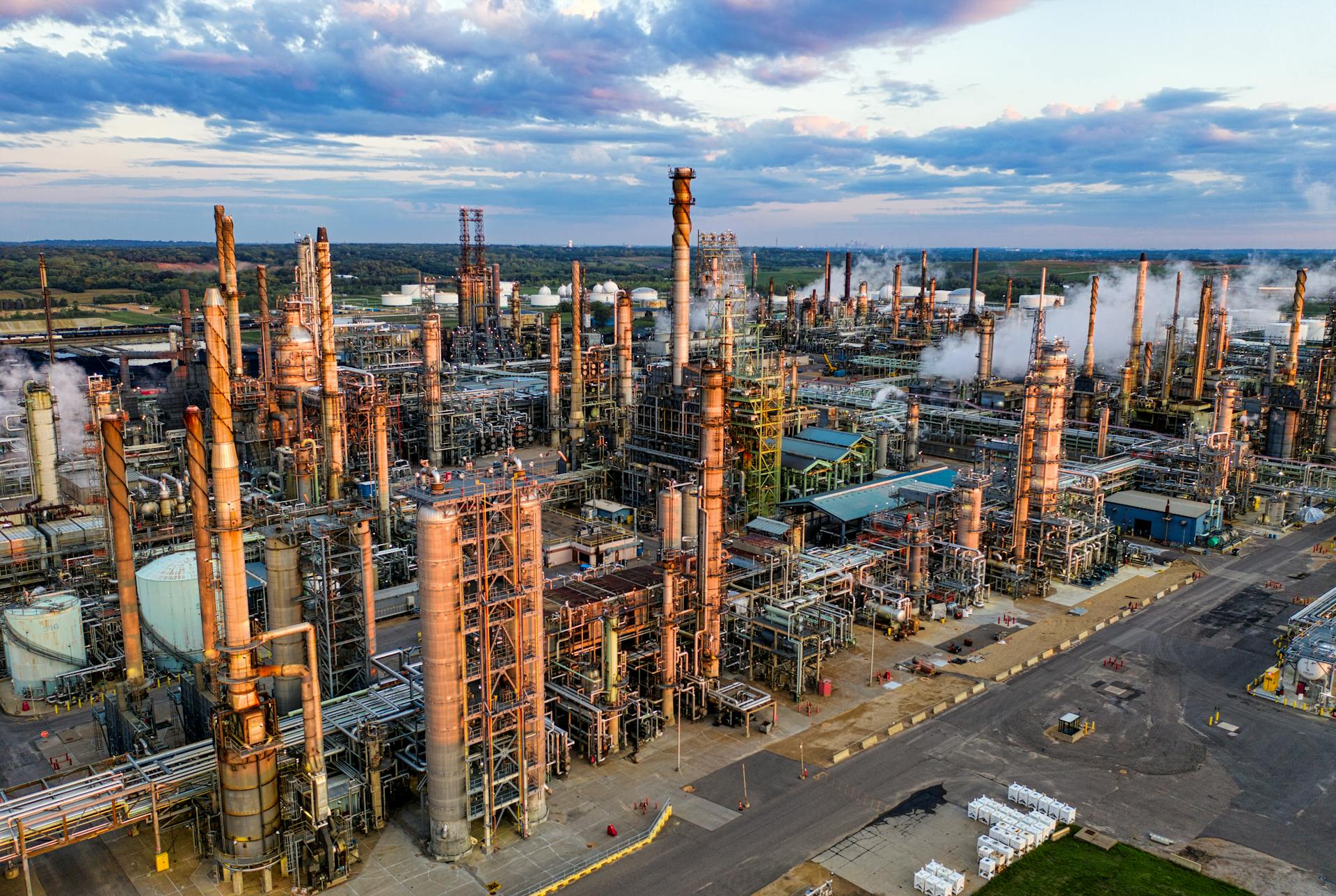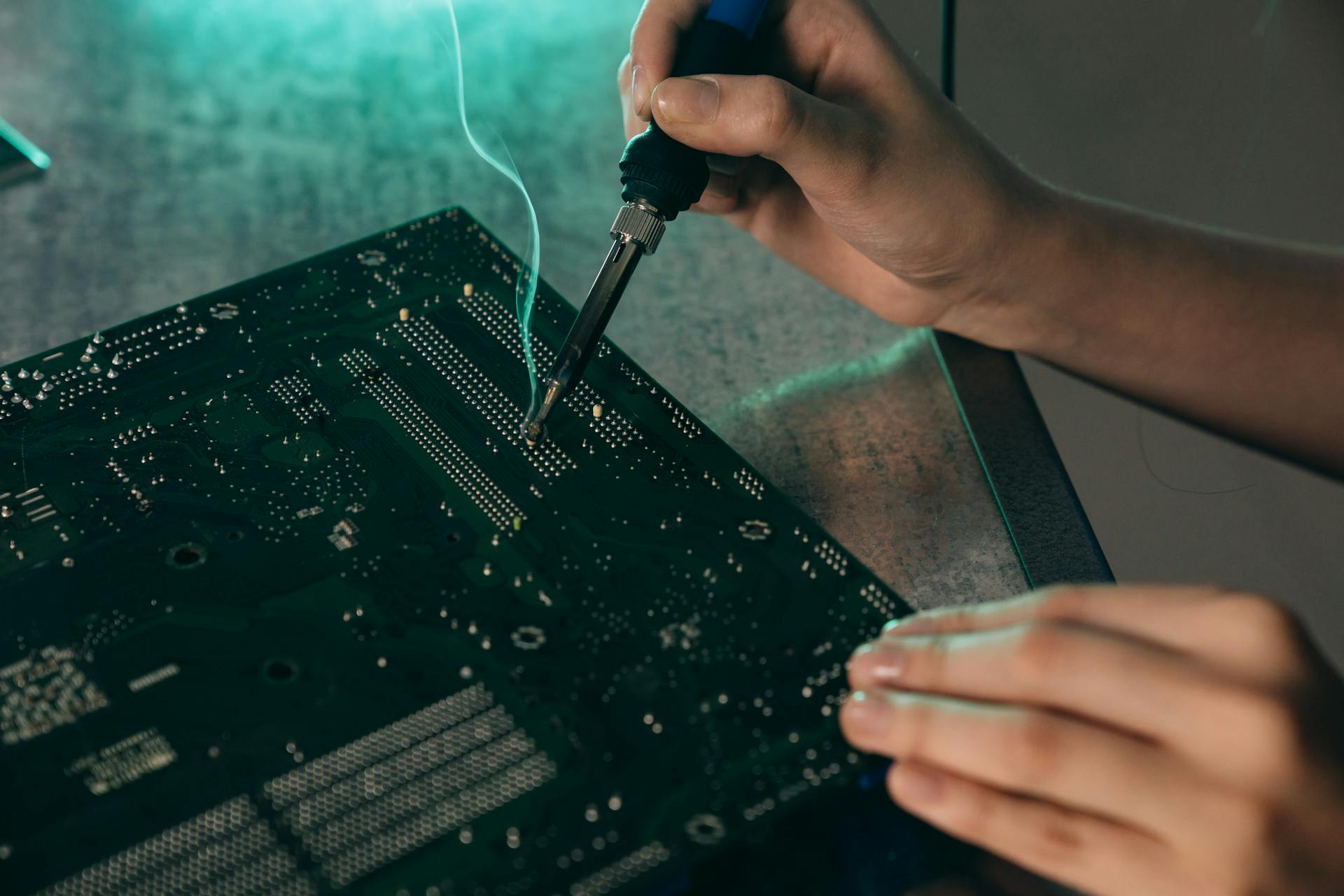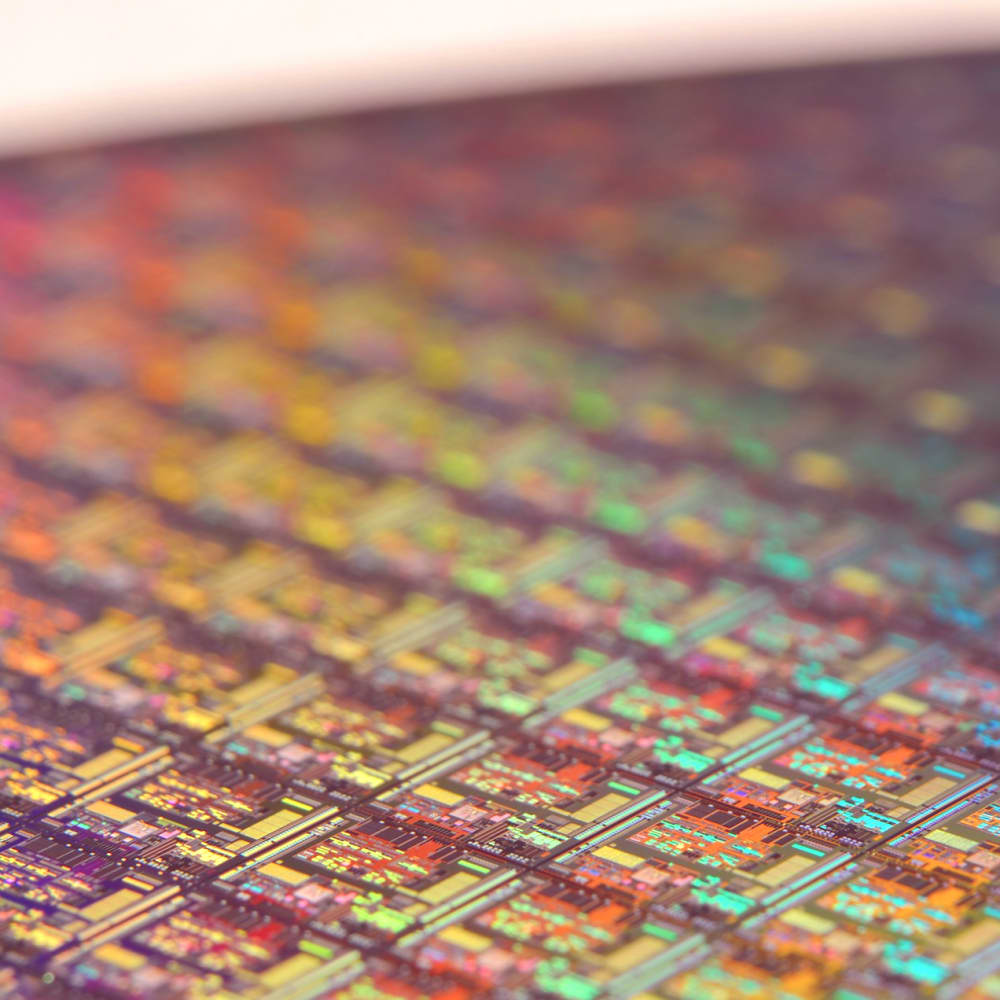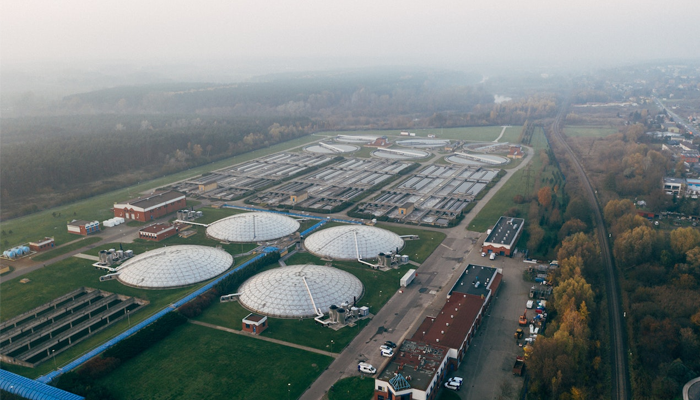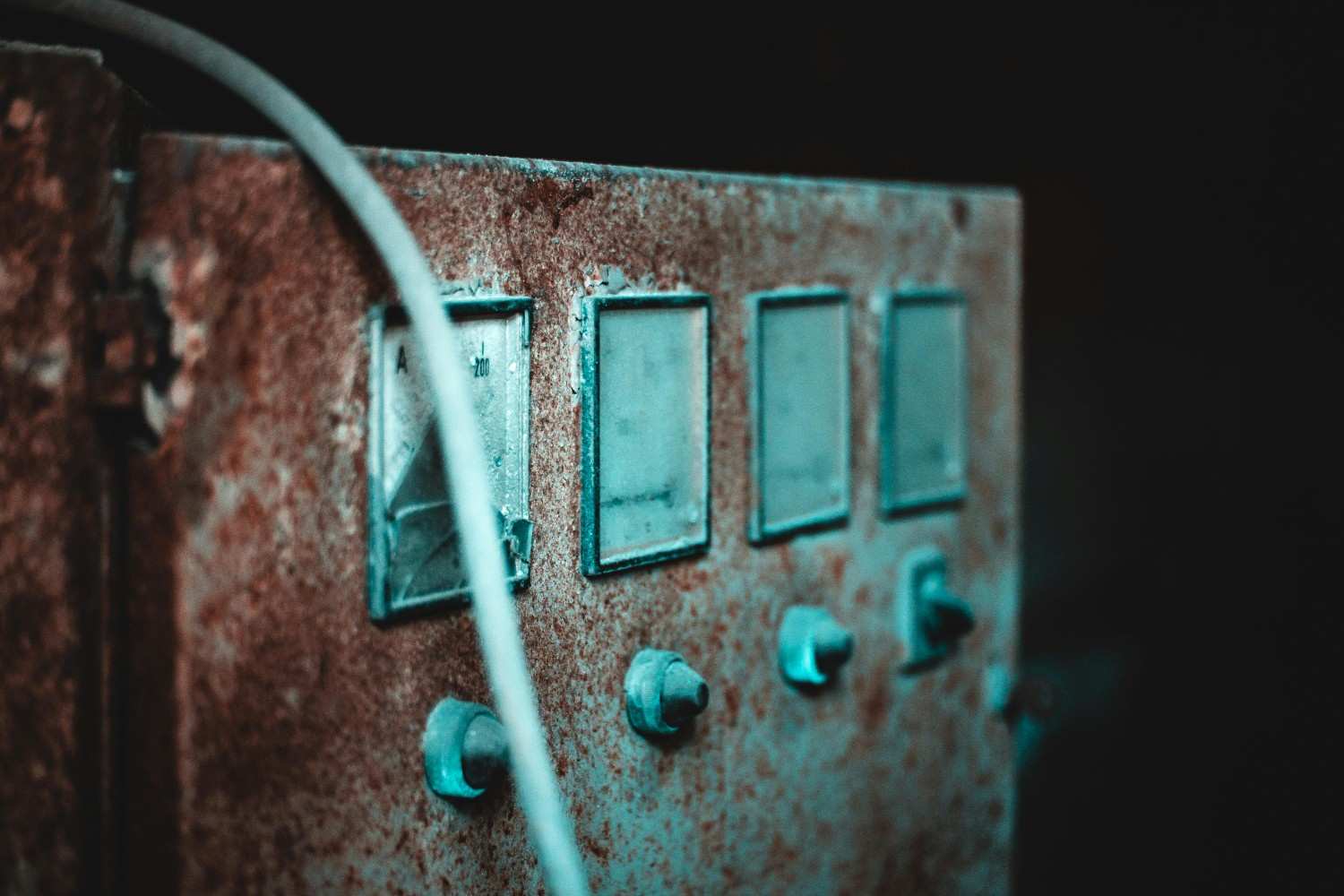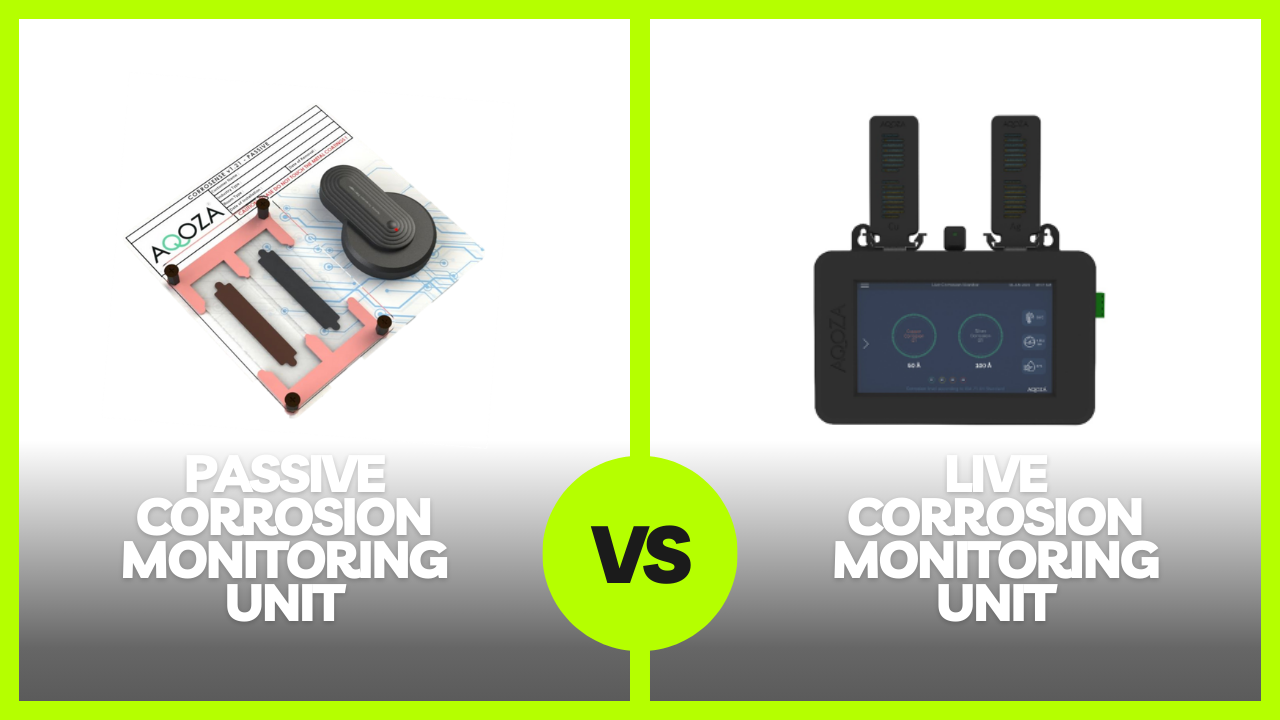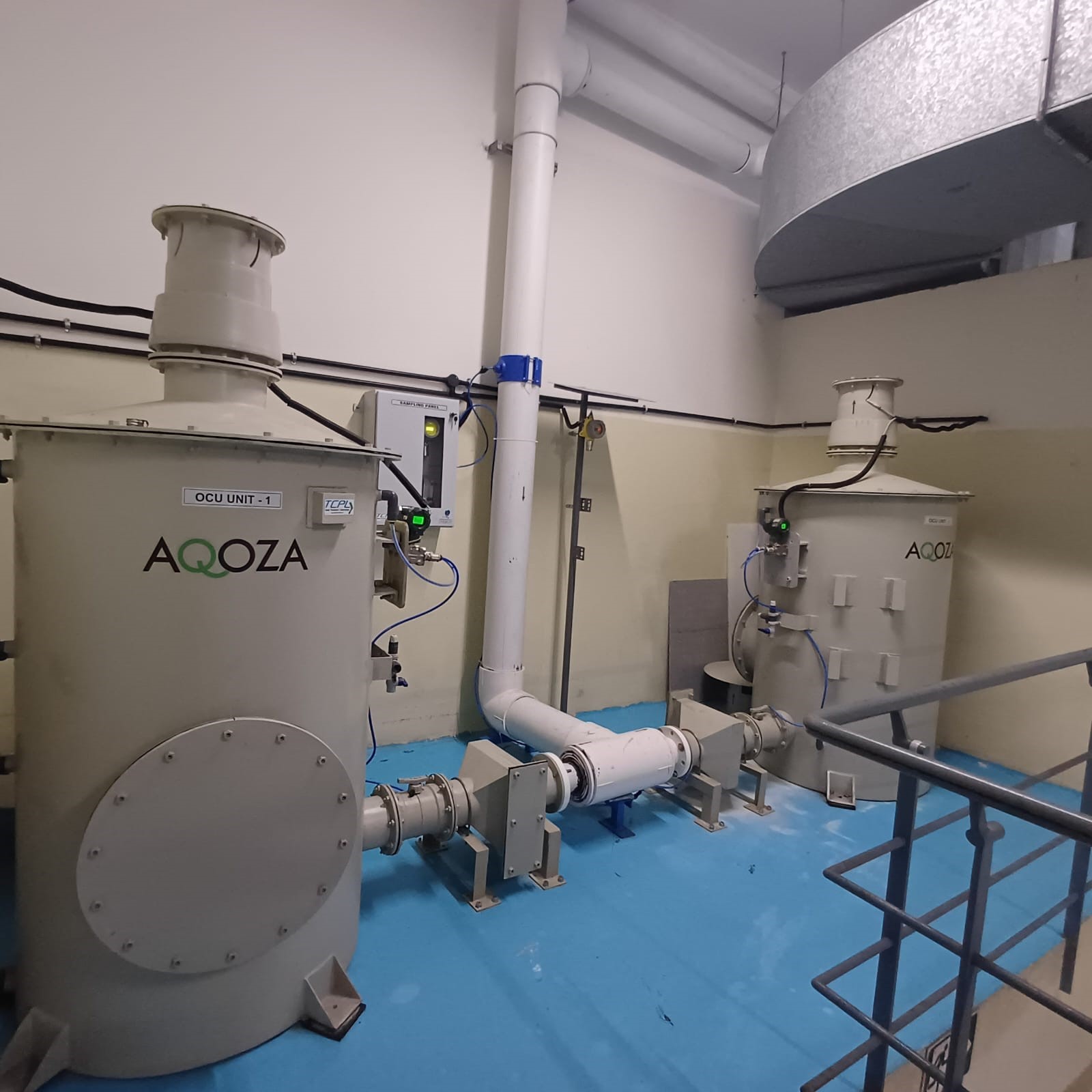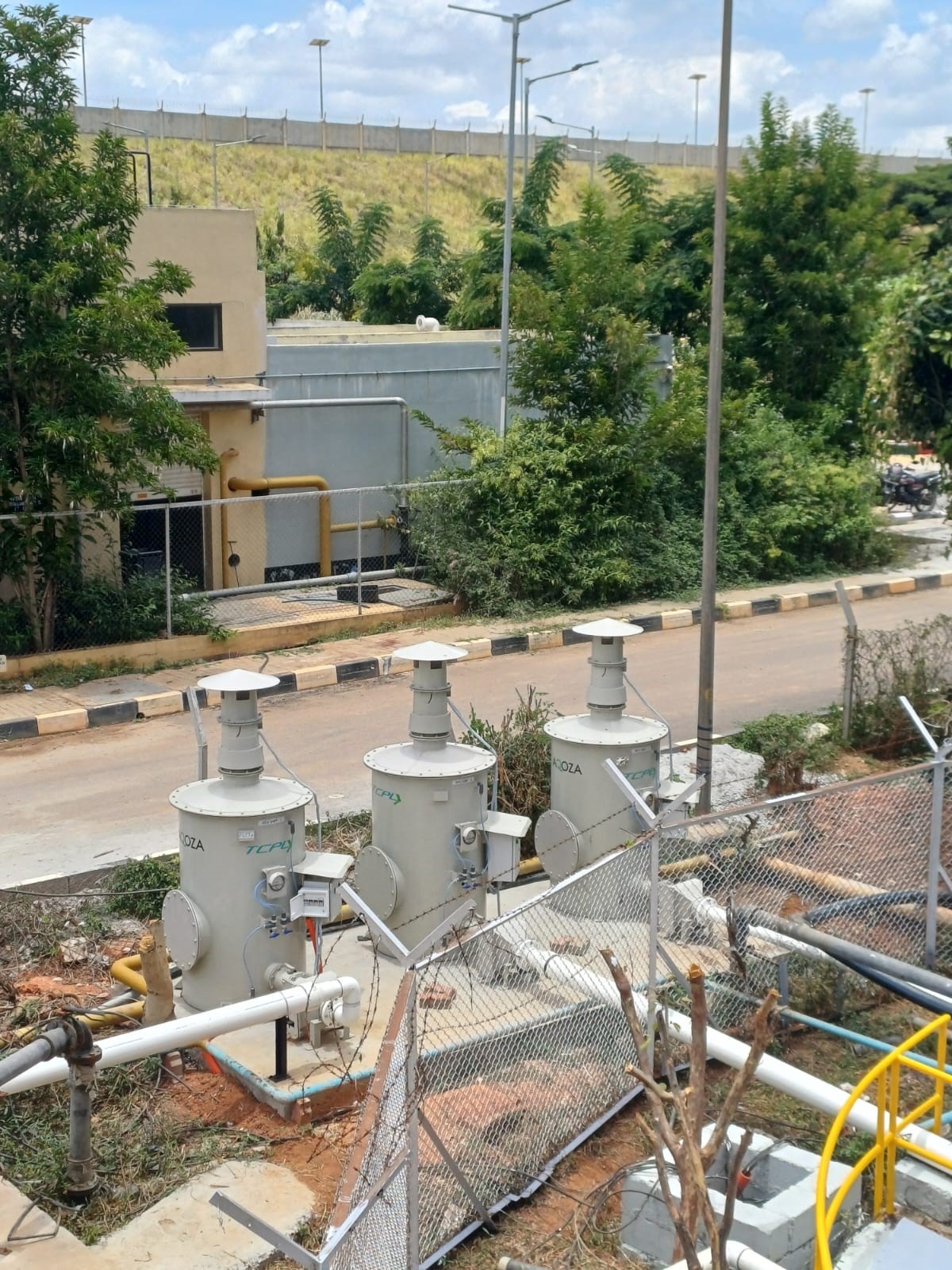Causes Of Indoor Corrosion And Its Effects In Industries
Published : 11 Jan 2023

Author Name : Athicka Thasni
The Indoor corrosion resulted in the damage and failure of electronics throughout the industries primarily due to air pollution. Along with the particulate matter that is already present in the air the existence of Airborne molecule contamination (AMC) has been giving out distress signals to industries.

What is Airborne Molecule contamination (AMC)?
Airborne molecule contamination also known as chemical contamination is the presence of gaseous molecules in the atmosphere that can result in the chemical modification of a material surface such as corrosion. The major AMCs which cause electronic corrosions are SO2, H2S, NH3, O3, VOC, HF, Cl2, etc.
The major sources of these gas molecules are open drains, sewage treatment plants, emissions from vehicles, emissions from factories, etc. While these sources may be outside your facility the presence of a concentration as low as parts per billion (ppb) is sufficient to cause micro corrosion.
The factors affecting the corrosion rate are humidity and temperature. It must be maintained adequately in whichever rooms inside the facility are suffering from corrosion. The presence of gas phase molecules can endanger multiple control equipment and different electronic apparatus in server rooms and data centres.
Since a minute concentration of gases can cause drastic problems among different industries or facilities, neutralization of the AMC is important to prevent any damage.
Different Industries affected by atmospheric corrosion are
1. Data Centres and Server Rooms
Owing to employing multiple electronic equipment to carry out the operations, the data centres and server rooms of many facilities are far away from a safer environment to prevent any electronic corrosion. The location of the facilities will be based on the infrastructure development for the ease of doing business and so become inevitable to avoid the gas phase infiltrates.
Data-cards, exposed connectors, and creep corrosion in PCBs are all some of the electronics which as more susceptible to corrosion than ever due to infiltrates.
2. Telecommunication Industry
A Base Station Controller (BSC) which controls different groups of Base transceiver stations and a Mobile switching Service centre (MSC) which can route phone calls are some of the key elements of a telecommunication GSM architecture. All these centres along with the HLR and VLR databases that stores information are also susceptible to corrosion no matter what. An industry that heavily depends on electronics without any downtime will have a higher risk of failures and special provisions must be adopted to maintain break-free service.
3. Sewage treatment plants
Be it a municipal or commercial plant, as the population and demand grow, STPs are unavoidable infrastructure requirements. The control rooms that serve the purpose of operating the whole plant will have heavy corrosion failure due to nonother than the gases produced at the plant. Be it a Sulphur variant or other minor gases which has a characteristic smell, It can very much corrode the exposed electronics such as VFDs inside the control panel which can result in the downtime of the whole plant and replacement of the defective component. The emissions from poorly managed STPs will be at ppm level but concentrations as low as ppb levels are enough to cause micro corrosions.
4. Refineries/ Petrochemical Industries
Due to the heavy corrosive atmosphere of the plant the petrochemical industry loses billions of dollars in corrosion problems altogether. The production of heavy acidic gases within the refinery is the major reason for the electronic component failures and their replacement. Sulphur recovery units inside the refineries are there to capture the highly acidic and poisonous sulphur gases in the refining process and this can result in severe electronic corrosion is one such example. Being in close relations for operations with the energy sector the downtime of the industry is off the books. The major parts of the industries affected by atmospheric corrosion are: -
- Sulphur recovery unit (SRU)
- Motor Spirit quality upgradation unit (MSQ)
- DHDT
- VCR
- OMS control rooms
5. Paper and Pulp Industry
Due to the process for the production of paper, the paper and pulp industry similar to the petrochemical industries produce contaminants that can cause problems with their critical controlling equipment. The digestion process is the main culprit that produces H2S, SO2, and other gases at the level of 5 – 10 ppm.
The major sections affected by the corrosive gases are:-
- DCS room
- Boiler Control room
- Pulp mill Control room
- Evaporator Control room
- ClO2 control room etc.
At AQOZA we deal with gas-phase molecular filtration which can trap and neutralize corrosive gases at low concentrations. The selection of media and equipment is done after a thorough corrosion audit. Having electronic corrosion in your industry? Contact our experts soon.


